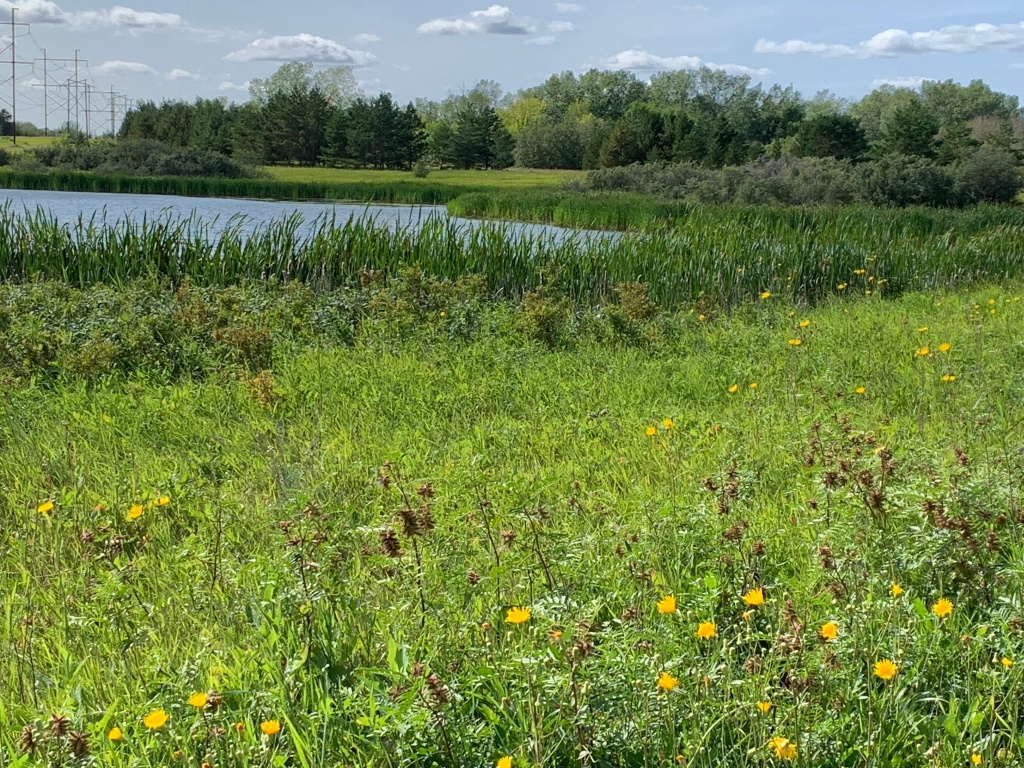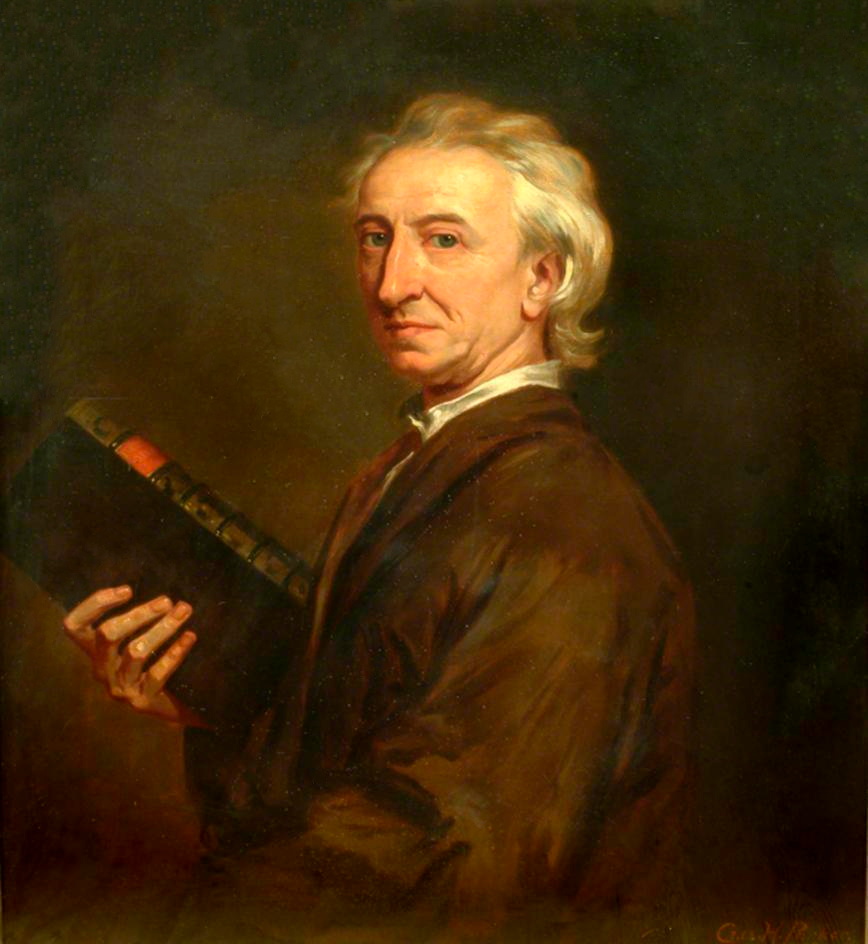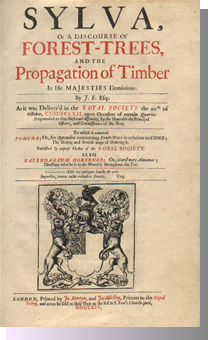Exploring the Future of Saskatoon’s Green Spaces: A Look at the Small Swale and Richard St Barbe Baker Afforestation Area
The upcoming meeting of the Standing Policy Committee on Environment, Utilities, and Corporate Services on May 7, 2024, promises to be a pivotal moment for Saskatoon’s natural areas. At the forefront of the agenda is Item 7.2.1, focusing on the Small Swale and Richard St Barbe Baker Afforestation Area – Natural Area Management and Conceptual Master Plans [CC2023-0406]. This meeting follows up on the earlier Natural Capital Asset Valuation pilot project report, and update shedding light on the city’s commitment to sustainable management of its green infrastructure.
A Call for Action: The Friends of the Saskatoon Afforestation Areas and Swale Watchers invite stakeholders and citizens to participate in the discussion by submitting their comments and feedback on the proposed Natural Area Management and Conceptual Master Plans by WSP Management and the City of Saskatoon. To get your opinions into the agenda, the deadline for submissions is set for 5:00 pm on Monday, May 6, 2024. This inclusive approach by the City of Saskatoon highlights the city’s dedication to engaging with its residents in matters concerning the preservation and enhancement of natural spaces.
A Stepping Stone for Sustainability: The Small Swale and Richard St Barbe Baker Afforestation Area hold significant importance as they serve as a stepping stone for the implementation of the City of Saskatoon’s YXE Green Infrastructure Strategy. These areas play a crucial role in testing and refining management practices that align with the city’s sustainability goals. The success of the management plans for these sites will pave the way for similar initiatives in other green spaces across Saskatoon.
Interdepartmental Collaboration: A notable aspect of the proposed plans is the involvement of various departments within the City of Saskatoon complex. While the Sustainability Department spearheads the YXE Green Infrastructure Strategy, collaboration from other departments underscores the holistic approach towards natural area management. This integrated effort ensures that diverse perspectives are considered, leading to comprehensive and effective solutions.
Expanding Horizons: If the management plans for the Small Swale and Richard St Barbe Baker Afforestation Area prove successful, the City of Saskatoon aims to broaden its horizons to encompass other green spaces within the city. George Genereux Urban Regional Park, already included in the inventory of the YXE Green Infrastructure Strategy, stands to benefit from similar initiatives aimed at enhancing its ecological value, restoration protecting species of concern, while balancing recreational opportunities.
Conclusion: As Saskatoon continues its journey towards sustainability and environmental stewardship, the upcoming meeting presents a crucial opportunity to shape the future of its natural areas. By actively participating in the discussion and providing feedback on the proposed management plans, citizens can contribute to the preservation and enhancement of Saskatoon’s green spaces for generations to come.





For directions as to how to drive to “George Genereux” Urban Regional Park
For directions on how to drive to Richard St. Barbe Baker Afforestation Area
For more information:
NEW P4G District Official Community Plan
Richard St. Barbe Baker Afforestation Area is located in Saskatoon, Saskatchewan, Canada north of Cedar Villa Road, within city limits, in the furthest south west area of the city. 52° 06′ 106° 45′
Addresses:
Part SE 23-36-6 – Afforestation Area – 241 Township Road 362-A
Part SE 23-36-6 – SW Off-Leash Recreation Area (Richard St. Barbe Baker Afforestation Area ) – 355 Township Road 362-A
S ½ 22-36-6 Richard St. Barbe Baker Afforestation Area (West of SW OLRA) – 467 Township Road 362-A
NE 21-36-6 “George Genereux” Afforestation Area – 133 Range Road 3063
Wikimapia Map: type in Richard St. Barbe Baker Afforestation Area
Google Maps South West Off Leash area location pin at parking lot
Web page: https://stbarbebaker.wordpress.com
Where is the Richard St. Barbe Baker Afforestation Area? with map
Where is the George Genereux Urban Regional Park (Afforestation Area)?with map
Blogger: FriendsAfforestation
Tumblr friendsafforestation.tumblr.comFacebook Group Page: Users of the George Genereux Urban Regional Park
Facebook: StBarbeBaker Afforestation Area
Facebook for the non profit Charity Friends of the Saskatoon Afforestation Areas Inc. FriendsAreas
Facebook group page : Users of the St Barbe Baker Afforestation Area
Twitter: St Barbe Baker Charity Twitter:FriendsAreas
Please help protect / enhance your afforestation areas, please contact the Friends of the Saskatoon Afforestation Areas Inc. (e-mail / e-transfers )
Advertisement
Donate your old vehicle, here’s how!
Support using Canada Helps
Support via a recycling bottle donation
United Nations Decade on Ecosystem Restoration
- Use the UN Decade’s Visual Identity
- Make it your own
- Spread the word about the UN Decade
- Let’s Bring Back Forests
- Let’s Green Our Cities
““Be like a tree in pursuit of your cause. Stand firm, grip hard, thrust upward. Bend to the winds of heaven..”
Richard St. Barbe Baker



























